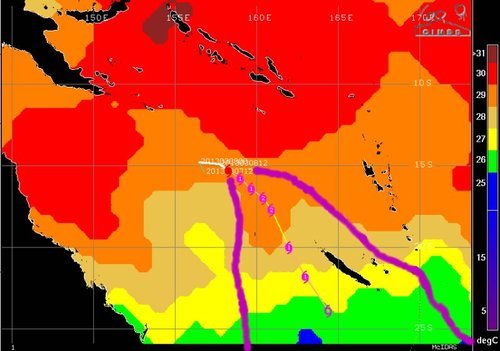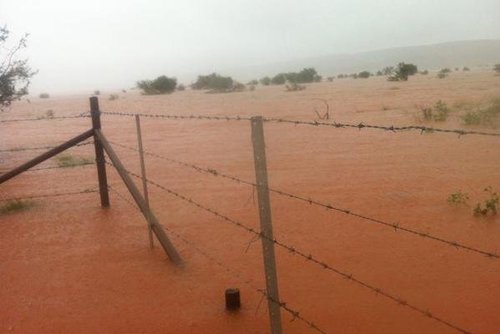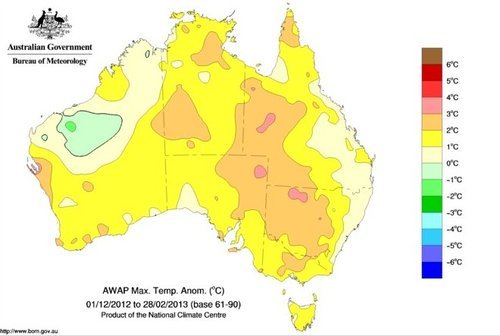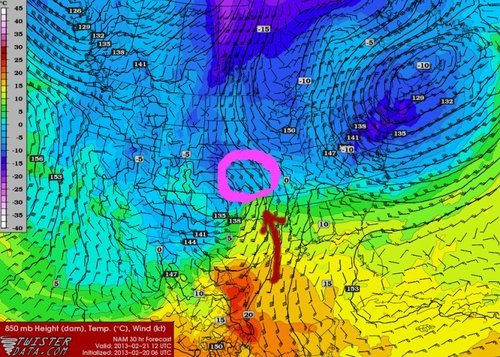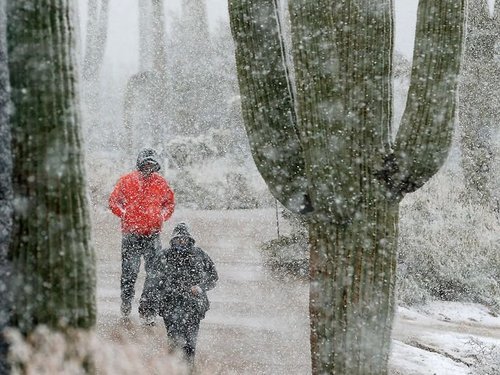Damaging Tornadoes Touch Down Across the World
Tornadic activity was experienced across the globe this past week, affecting countries from Bangladesh to Australia and even China.
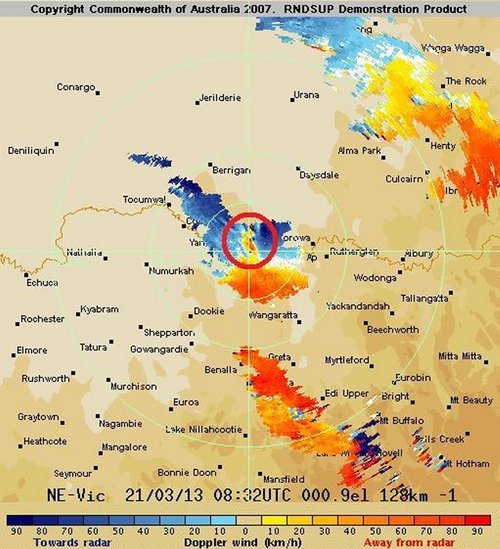
In Australia on March 21st , at least two powerful tornadoes touched down on the border of Victoria and New South Wales, ripping through more than a half-dozen towns lying along the Murray River. The strongest twister, with an estimated F2 rating on the Fujita scale, caused major damage to the towns it swept through – tearing roofs off their structures, throwing cars around and snapping power lines. In total, 20 people were injured and two had to be airlifted to hospital. Thankfully no deaths were associated with this tornado outbreak. A deep low pressure system responsible for spawning these tornadoes lay just off Tasmanian coast with a cold front stretching up into Australia.
The tornado that touched down in Bangladesh on Friday, March 22nd also caused a fair amount of damage to a few rural eastern Bangladesh towns. The twister was on the ground for about 15 minutes but it is not yet known what the strength of the tornado was estimated to be. At least 100 injuries and 20 deaths were reported as a result of this tornado.
The people of Bangladesh are more susceptible to injury and death from tornadoes since finding a safe haven from them is not as easy as heading down to a basement to take cover. Most houses in the area are built out of mud and don’t have a sturdy structure, making it difficult to escape when residents find themselves in the path of a twister. Tornadoes are common in Bangladesh from March to late April before they transition into the monsoon season.
Guangdong, a southern province of China, was also in the crosshairs of severe weather this week. A supercell produced egg size hail accompanied with a tornado that made its way through the city of Dongguan (pop. 400,000). Significant damage occurred – many buildings collapsed and the storm even overturned a ferry offshore. These Chinese storms were the deadliest storms of the week, accounting for 24 deaths and over 200 injuries.

